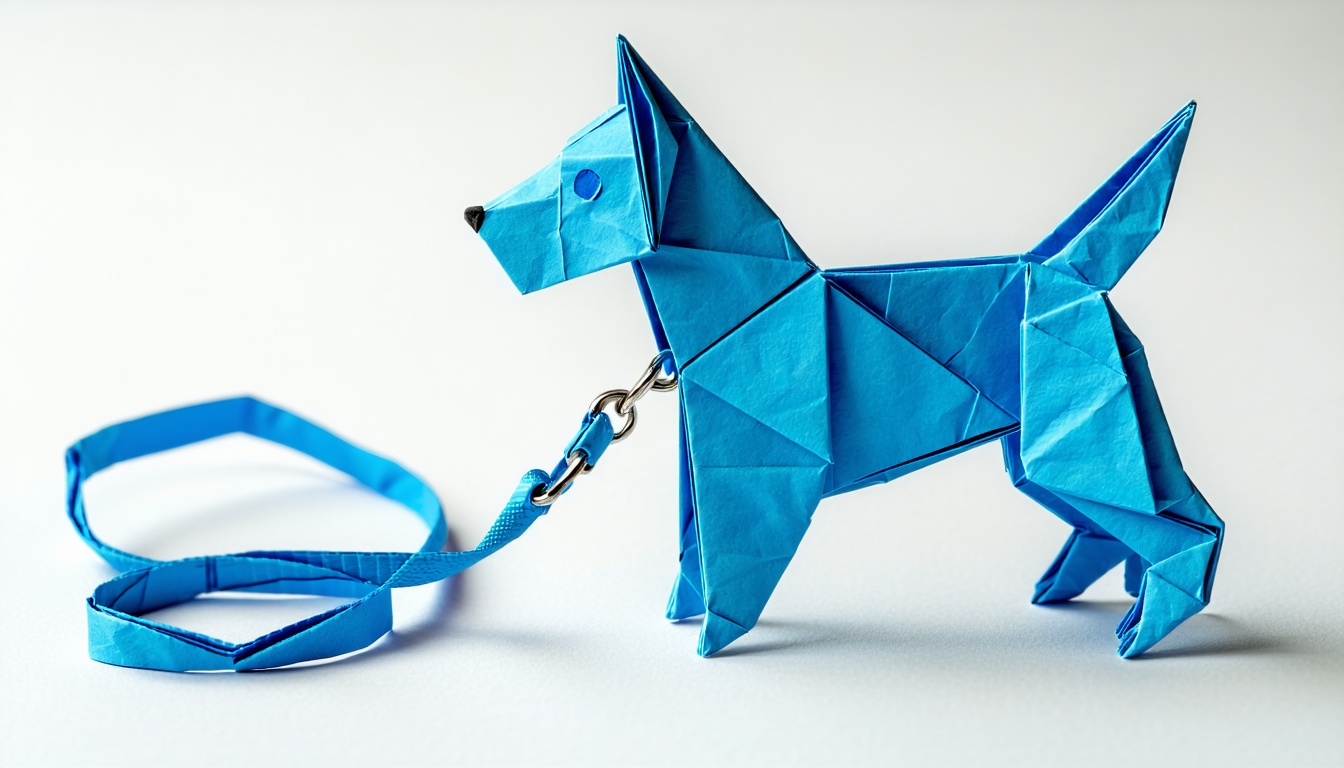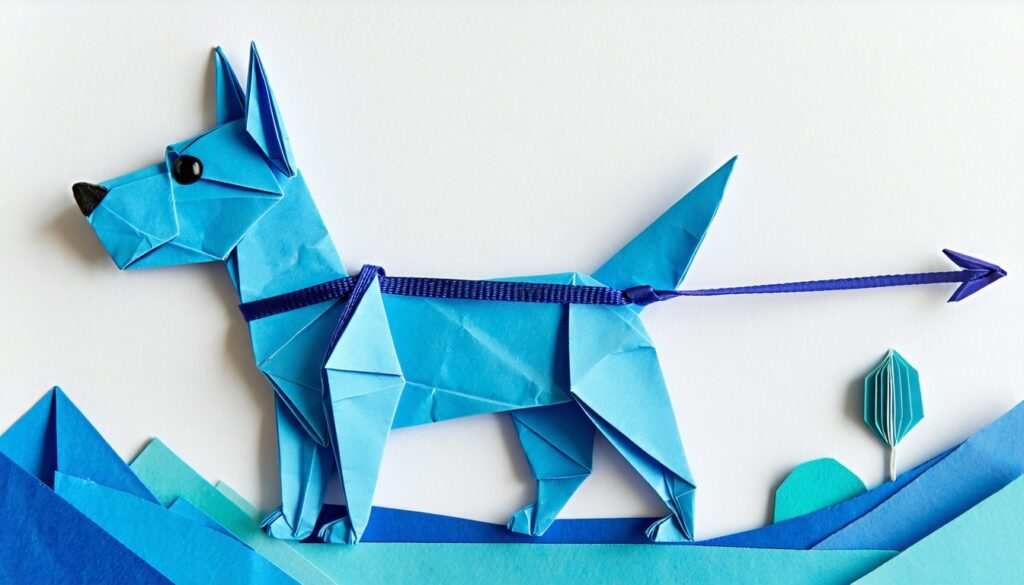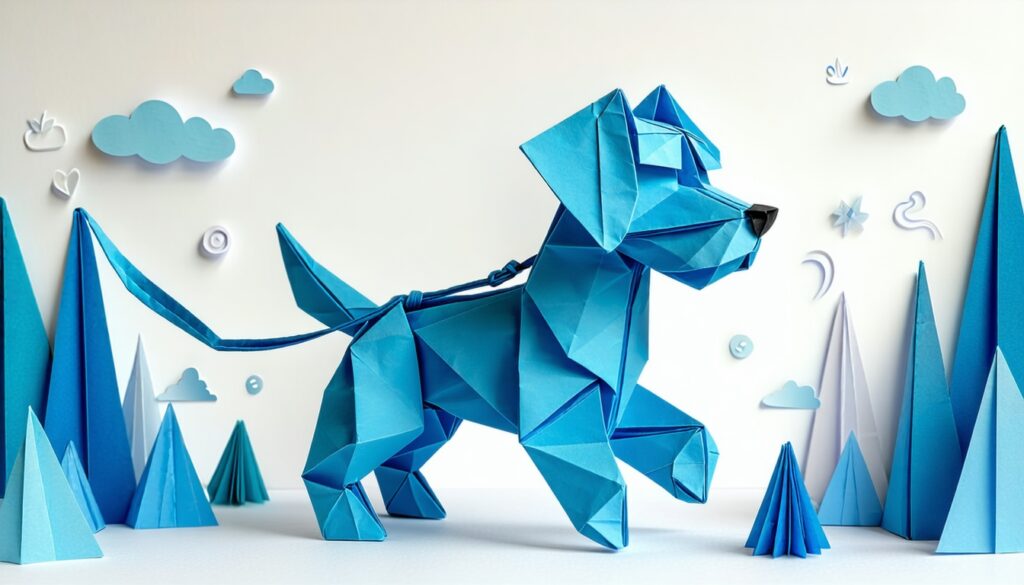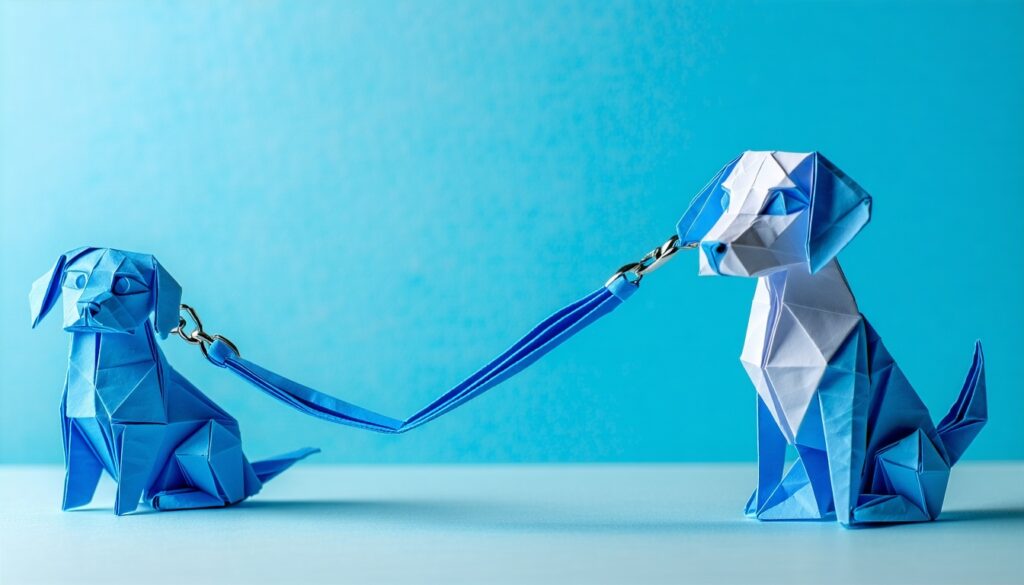Leash training for puppies can feel both exciting and overwhelming. You want to give your new companion the chance to explore the world, but you also need them to learn some manners. So what’s the secret? It’s a little preparation, a dash of patience, and a whole lot of consistency. With the right approach, you’ll be strolling side-by-side before you know it. This ultimate guide covers everything you need, from gear to step-by-step instructions, plus solutions for the most common hiccups.
Below, you’ll find practical tips on getting your puppy comfortable with a collar or harness, introducing the leash, and moving from indoor practice to regular outdoor walks. By understanding why training matters and how to do it in bite-sized increments, you’ll set the stage for a lifetime of calm, confident walks. Ready to embrace leash training and see real progress? Let’s dive in.
Embrace leash training benefits
Leash training is more than a daily chore. It’s your ticket to adventure and bonding with your pup. You’ll ensure their safety, encourage good behavior, and share enriching moments. Puppies that learn leash skills early are more likely to stay by your side, even in environments with lots of distractions.
But what exactly makes leash training so beneficial?
- It keeps your puppy safe from busy roads, strange dogs, and wandering off.
- It helps you manage pulling, lunging, or barking.
- It provides mental stimulation for your puppy, who’s excited to sniff and explore.
- It creates calm, pleasant walks you can enjoy together.
When you make leash training part of your routine, you’re not just showing your puppy how to walk politely. You’re boosting their overall confidence. According to the American Kennel Club (AKC), leash work sets the groundwork for advanced skills like passing a Canine Good Citizen test. Think of it as investing in your puppy’s future success, one step at a time.
Gather your puppy gear
Gathering the right equipment is your first step. A good collar or harness and a suitable leash will help you guide your puppy and give them a clear sense of boundaries. Plus, choosing the right tools sets the tone for smoother walks. Let’s look at some options.
Collars versus harnesses
You might be wondering, “Collar or harness?” Both can work, but the key is comfort and function.
- Flat collar: Simple and common. Flat collars are ideal if your puppy doesn’t pull much.
- Limited-slip collar (also called a martingale): Great for puppies prone to slipping out of collars.
- Head collar (halters): Handy for strong pullers, but be sure to introduce these gradually.
- Harness: Recommended if your puppy pulls or if you have a brachycephalic breed (like a Pug). Harnesses reduce neck strain and help with control.
According to Purina (source), harnesses often provide better support, especially for short-nosed breeds. Make sure to measure your puppy’s chest and neck before buying a harness, so it fits snugly without chafing or slipping.
Choosing your leash
Leashes come in a variety of materials and lengths. Selecting the right type depends on your puppy’s personality and training stage. Below is a quick overview:
| Leash Type | When to Use | Pros | Considerations |
|---|---|---|---|
| Traditional (Nylon) | Everyday walks, basic training | Durable, affordable, easy to handle | May fray if chewed on extensively |
| Leather | Everyday walks, long-lasting option | Comfortable in hand, sturdy | Typically more expensive |
| Retractable | Not recommended for training | Allows freedom, extends up to 30 feet | Encourages pulling, less control |
| Stretch (Bungee) | Dogs who pull often | Softens impact, gentler for both | Still requires consistent oversight |
As explained by Shed Happens (link), a standard 4-to-6-foot leash is generally best for training because it keeps your puppy close while offering enough slack to move comfortably.
A note on treats
You’ll likely need a stash of quality treats to reward good behavior. Go for small, bite-sized options—your puppy just needs a quick taste of something delicious to feel rewarded. You can try homemade biscuits, plain chicken, or certain vegetables, but keep them small so your puppy stays motivated without getting stuffed.
Lead your puppy smoothly
Before you even attempt the first official walk, it’s important to introduce the concept of wearing a leash. Doing this in gradual, low-pressure sessions helps your puppy accept the leash as a normal part of life.
Tone-setting inside your home
Your puppy’s first experiences with collars, harnesses, and leashes should be fun and relaxed. Start small. Pick a time when your puppy is calm, perhaps after a potty break or light play session.
- Put the collar or harness on for short intervals. Reward your puppy with praise or treats for staying calm.
- If they seem okay, attach the leash. Let it drag on the ground while they move around, sniff, and explore.
- Offer a treat or a toy occasionally to reinforce that the leash is a positive item, not a punishment.
By keeping these sessions short—just a few minutes—you help your puppy build positive associations. Overdoing it might make them fussy, so end on a good note.
Associating the leash with good things
The American Kennel Club (AKC) suggests associating the leash with a cue (“Walk!” or “Let’s go!”) that indicates a fun experience. Each time you pick up the leash, use your chosen cue and immediately treat your puppy. Eventually, they’ll perk up at the sight of the leash, eager to begin.
Master basic indoor steps
Once your puppy is used to wearing the leash in short bursts, it’s time to start introducing actual leash walking indoors. Think of this like training wheels for your puppy. No cars, no squirrels, no door-to-door salespeople ringing the bell—just a controlled environment where you can build skills gradually.
Short sessions, big impact
Inside your living room or hallway, gently hold the leash and encourage your puppy to walk with you for a few steps. You can do this by calmly saying their name or tapping your thigh. Here are a few pointers:
- Use a cheerful voice: “Come on, buddy!”
- Move slowly to let them match your pace.
- Reward them as soon as they walk nicely by your side.
After a few steps, pause to praise them. Offer a small treat or a gentle pat if they stay near your leg instead of forging ahead. It might feel repetitive, but these baby steps matter. Each short session—just two to five minutes—builds a foundation of reliable leash manners.
Practice turning and stopping
Puppies aren’t just learning to walk forward. They also need to respond when you stop or change direction. During your indoor sessions, focus on:
- Stopping suddenly: Gently bring your puppy to a halt. Praise them for not pulling.
- Turning around: Walk a few steps, then circle back. Encourage your puppy to follow you.
- Pivoting left and right: Keep it playful. Use quick turns and minimal tension on the leash.
By mixing up these moves, you’ll teach your puppy to pay attention to your body language. If they start pulling ahead, stand still until the leash loosens. Then move forward again. This approach, advocated by training experts at Purina, discourages pulling without yanking or scolding.
Venture outdoors gradually
Now that you’ve covered some basics indoors, it’s time to take it outside. This is usually the moment of truth—where the big, distracting world competes for your puppy’s attention. But if you’ve set a sturdy indoor foundation, you’ll be in great shape.
First outdoor session
Pick a quiet spot. Maybe your backyard or a peaceful section of your neighborhood street. Keep the session short, around five to ten minutes, because puppies can quickly grow overstimulated. You can gradually increase the duration as your puppy improves.
- Clip on the leash indoors. Encourage your puppy to walk calmly to the door.
- Step outside and let them sniff briefly. Calm sniffing is normal and healthy, so allow it for a moment.
- Gently encourage forward movement using a happy tone or a treat placed near your leg.
Remember not to rush. If your puppy sits down and looks uncertain, try using a playful voice or a squeaky toy to recapture their attention. Every new smell, sound, or passing car is a novelty. Patience is key.
Dealing with distractions
From barking neighborhood dogs to fallen leaves blowing across the sidewalk, distractions are everywhere. One effective trick is to keep high-value treats on hand. If you see a potential distraction—like another dog or a loud truck—redirect your puppy’s attention with a treat and praise them for focusing on you. Should the puppy lunge or bark, calmly increase distance between them and the distraction. Reward them when they settle.
According to the AKC (source), if your puppy starts pulling toward something interesting, simply stand still. Wait for the leash to slacken, then praise them for easing up. This gradually teaches them that pulling doesn’t get them closer to the fun stuff, but walking politely does.
Troubleshoot common issues
Leash training can come with a few speed bumps. Pulling, barking, and chewing on the leash are fairly standard. The good news? Each challenge has a manageable solution once you recognize why it’s happening.
Pulling and lunging
Some puppies get so excited they sprint ahead, straining to sniff every tree or greet every person. If this is your pup:
- Stop in your tracks: The moment you feel tension, freeze.
- Wait silently: Even if your puppy strains at the leash, don’t move.
- Reward the looseness: The second they glance back at you or step closer, praise them and move forward slowly.
Repeating this process is a bit tedious, but it teaches your puppy that pulling leads nowhere. Over time, they begin to walk without yanking.
Barking and growling
Barking can come from excitement, fear, or just wanting attention. First, try to figure out what’s causing the barking. Are they greeting another dog? Scared of a trash can? Once you identify the trigger, manage the situation:
- Increase space from the trigger: Cross the street or turn around.
- Offer a treat or use a cheerful voice to say, “Let’s go!”
- Praise them the moment they quiet down.
If growling or barking at strangers continues, talk to a dog trainer for tailored advice. You can also read more about puppy leash training tips to discover specific ways to calm your pup in high-distraction situations.
Biting the leash
Leash-biting often comes from a puppy’s playful instincts. They see the leash as a tug toy hanging nearby. Try redirecting that energy:
- Use a designated chew toy: Switch their focus whenever they start gnawing on the leash.
- Reward calm behavior: Praise them when they walk a few steps without gnawing.
- Use bitter-tasting sprays: Some owners find success with sprays designed to deter chewing, though this depends on your puppy’s taste sensitivity.
Extra pep for high-energy puppies
Sometimes the issue is plain old puppy energy. If your young dog is bouncing off the walls, a quick indoor game might help before you head out for a walk. For more structured play, check out leash training games for puppies. Short bursts of energetic play can help your pup focus better once the leash is on.
Stay consistent daily
Consistency is your secret weapon for leash training success. Dogs thrive on predictable routines and clear signals. According to Houston TX Dog Trainers (source), if you frequently change commands or let your puppy pull sometimes but not others, you’ll send mixed messages that slow their progress.
Stick to a schedule
Routines help your puppy anticipate events and reduce anxiety. It could look like this:
- Morning: Quick potty break, followed by a five-minute leash practice session.
- Midday: Another short walk, focusing on polite walking near your yard or the sidewalk.
- Late afternoon: More practice or a slightly longer walk in a new location.
- Evening: Wind down with a final potty break and a relaxed walk.
For a deeper look into building a routine, consider exploring leash training schedule for puppies. Training doesn’t have to be all at once—spreading out short sessions throughout the day can actually accelerate learning.
Use consistent cues
When you teach any new command, say it once, then guide your puppy. Repeating “Sit, sit, SIT” might lead them to tune you out. As Medlin Pet Company explains (reference), offering one clear cue and following up with gentle guidance is far more effective than constant repetition.
If your puppy ignores “Let’s go,” try gently guiding them with the leash or stepping in another direction. When they follow you, praise them instantly. You want your dog to associate the command with immediate success.
Build healthy training habits
You’ll make more progress when leash training for puppies is supported by good overall training habits. This includes combining leash lessons with basics like “sit,” “stay,” and “recall” (come when called). Here’s how it all ties together:
- Teach clear commands.
- Use short words like “sit,” “down,” or “watch.”
- Reward the moment your puppy complies to reinforce the correct behavior.
- Keep sessions short.
- Puppies have limited attention spans.
- End on a positive note, so your puppy stays motivated.
- Be patient with setbacks.
- Good days and tougher days happen.
- Keep the routine steady, and your puppy will catch on.
When you reinforce words with immediate rewards, you build your puppy’s confidence. Combined training fosters a smoother leash-walking experience because your puppy learns to pay attention and respond willingly, both with and without a leash on.
Using negative markers responsibly
Sometimes your puppy will make mistakes. A negative marker word (like “Uh-uh!”) signals that a reward isn’t coming. This doesn’t mean you shout or scold. Instead, it’s like a gentle correction. As soon as the puppy stops the undesired behavior, direct them to the correct one and praise them. Keep it calm and consistent.
Wrap up pup success
By now, you’ve got a solid grasp on how to guide your puppy through collar-and-leash acceptance, basic indoor skills, outdoor excursions, and problem-solving. So what’s next? Keep practicing. Every walk provides new chances to reinforce good behavior and refine the skills you’ve built together.
Here’s a concise summary of everything we covered:
- Start with gear that fits: Collars or harnesses that don’t pinch or chafe.
- Use a standard leash (4-to-6-feet) for best control.
- Let your puppy drag the leash indoors before formal training.
- Reward every baby step toward walking calmly by your side.
- Gradually add distractions and keep a positive tone.
- Correct pulling, barking, or biting the leash through calm redirects and consistent cues.
- Maintain a routine: short sessions, repeated daily.
- Pair leash training with basic commands for faster progress.
Want more ideas? Check out how to leash train a puppy, leash training a new puppy, or puppy leash training for beginners for additional step-by-step details. You might also find leash training progressions for puppies helpful if you’re looking for an orderly path from newbie to pro walker.
If you’re seeking personalized support, feel free to contact a professional trainer or a local obedience class. For more resources, visit our friends at https://topdogtraininginvegas.com. And if you’re in the area, we’re currently offering a 35% welcome discount this summer, so there’s never been a better time to start or refine your puppy’s leash training journey.
Remember, leash training isn’t about instant perfection. You’re building a bond of trust and cooperation with your puppy. With steady practice, positive reinforcement, and a dash of patience, you’ll soon enjoy those strolls around the block—maybe even without a single tug on the leash. Your puppy is learning more than just how to walk politely. They’re discovering that sticking with you is fun, rewarding, and the best place to be. Enjoy every step of the process, and happy training!



